-
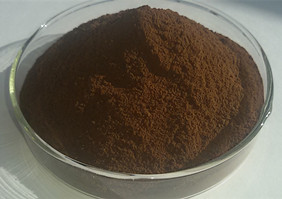
Molecular Weight of Sodium lignosulfonate Related with Dye Dispersant
Although lignosulfonate has been widely used as dye dispersant, it has some disadvantages. On the one hand, thecolorless catecholic structure in lignin is easy to oxidize toquinonoid structure in lignin isolation procedures and pulping processes, which not only produces lignin so intensivelydarkened that its use in many application areas becomesobjectionable because of the color, and…
-
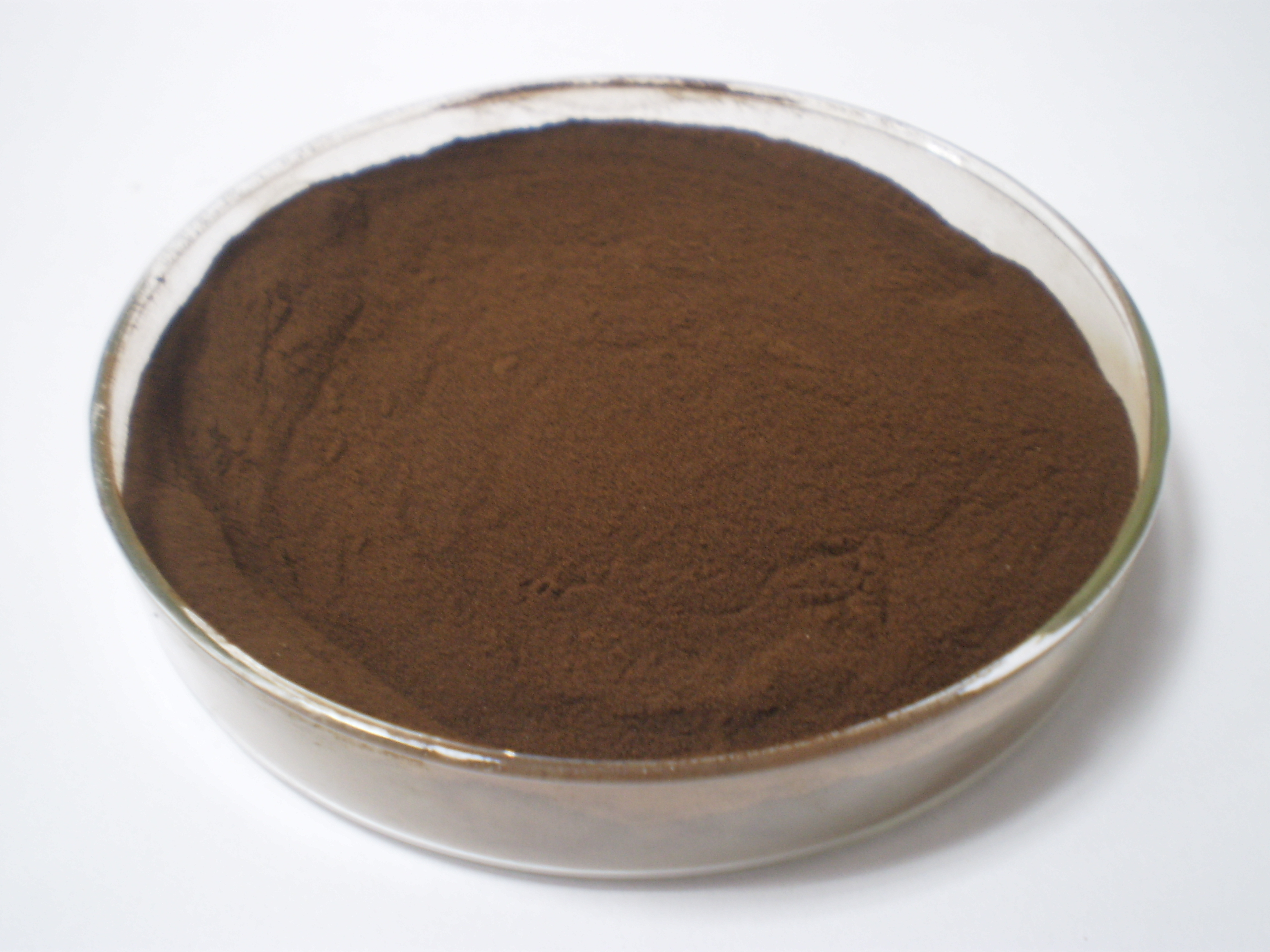
Lignin and sulfonated lignin
Lignin is the largest reservoir of aromatic compounds on earth and has great potential to be used in many industrial applications. Alternative methods to produce lignosulfonates from spent sulfite pulping liquors and kraft lignin from black liquor of kraft pulping process are critically reviewed herein. Furthermore, options to increase the sulfonate contents of lignin‐based products…
-
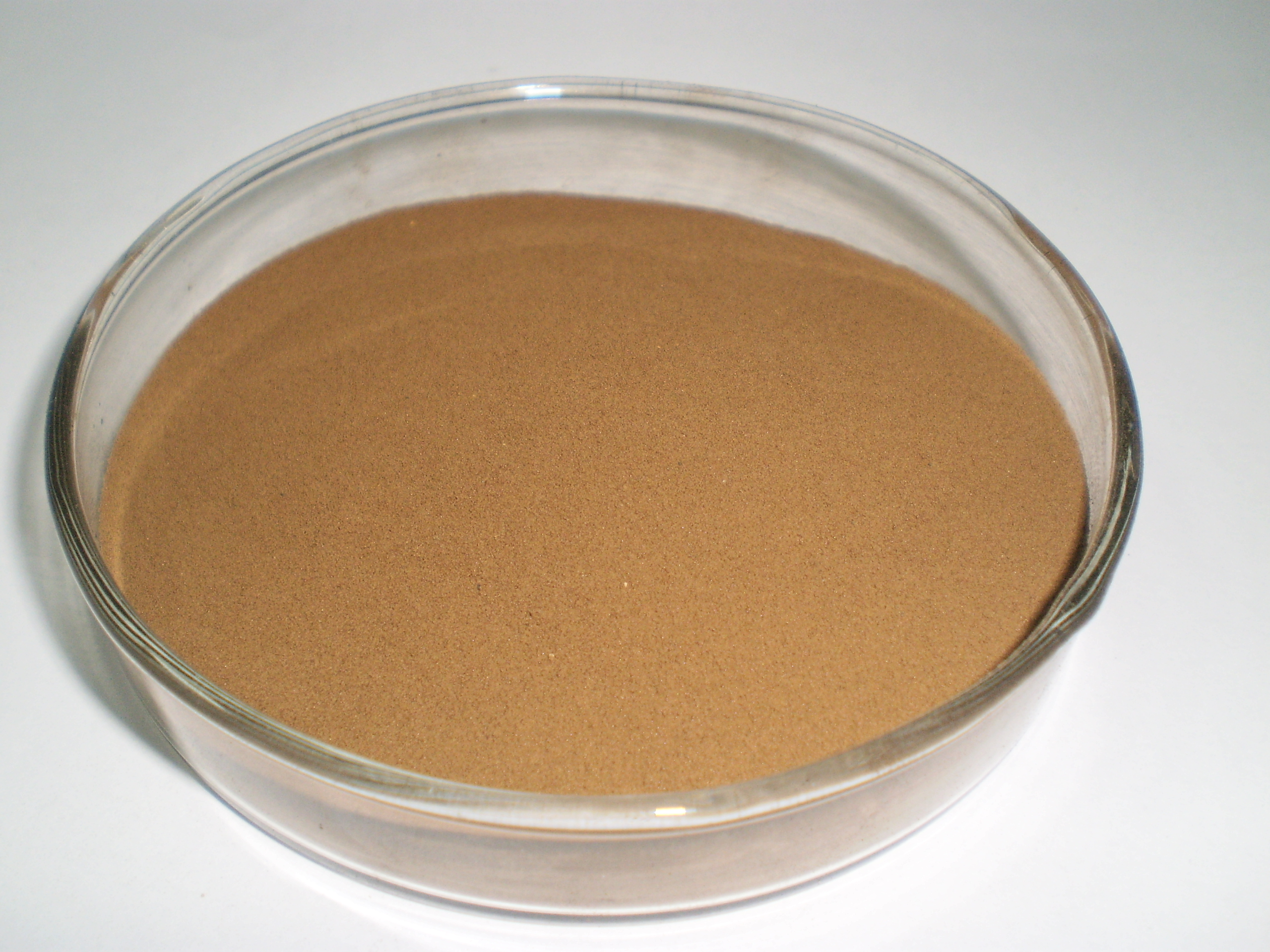
Lignosulfonate absorption as Animal feed additive
Lignosulfonate used in Cattle Feed Eighteen Hereford steers, individually housed, were fed diets containing 0,80000 and 120 000 mg/kg of an ammoniated spent sulphite liquor (50% DM), containing 57% lignosulphonates on DM basis,(corresponding to 0,22800 and 34 200 mg lignosulphonate/kg feed) for 112 days (Chang et al., 1977). The diet consisted of cracked maize and…
-
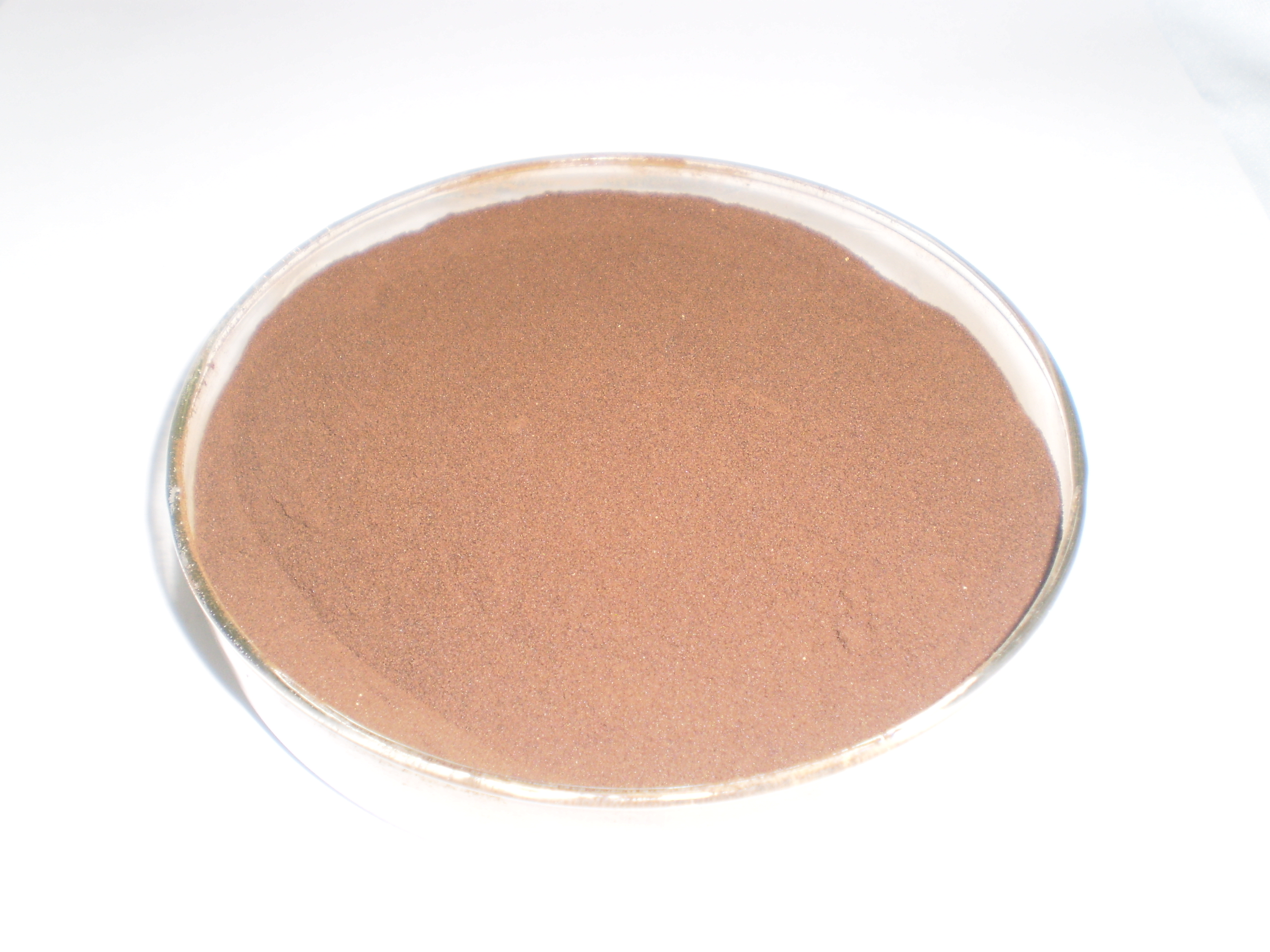
Lignosulfonate as animal feed additives absorption
Lignosulphonate absorption In its recent assessment of calcium lignosulphonate, the EFSA ANS Panel (2010) concluded that: “The in vitro studies indicate that the low transepithelial transport measured in Caco2 cell layers could be explained by the high molecular weight of calcium lignosulphonate. Furthermore, the in vivo studies demonstrated that calcium lignosulphonate is poorly absorbed from…
-

Lignosulfonate Characterisation
1.Lignosulfonate Manufacturing process Lignosulphonate is produced from the sulphite pulping of lignocellulosic biomasses. The cellulose rich fibres are delignified with sulphite or bisulphite, depending on the operational pH. One of the main reactions during sulphite pulping is the sulphonation of lignin, which renders the lignin molecules water soluble. After completion of the pulping, the non-soluble…
-

Lignosulphonates use as additives in feedingstuffs of animals
1. Introduction Lignosulphonates are currently authorised for use as technological additives (functional groups: binders, anti-caking agents and coagulants) in feedingstuffs for all species and categories of animals, with no maximum feed inclusion limit, and without a time limit, and foreseen for re-evaluation according to the provisions set in Regulation (EC) No 1831/2003. The applicant is…
-
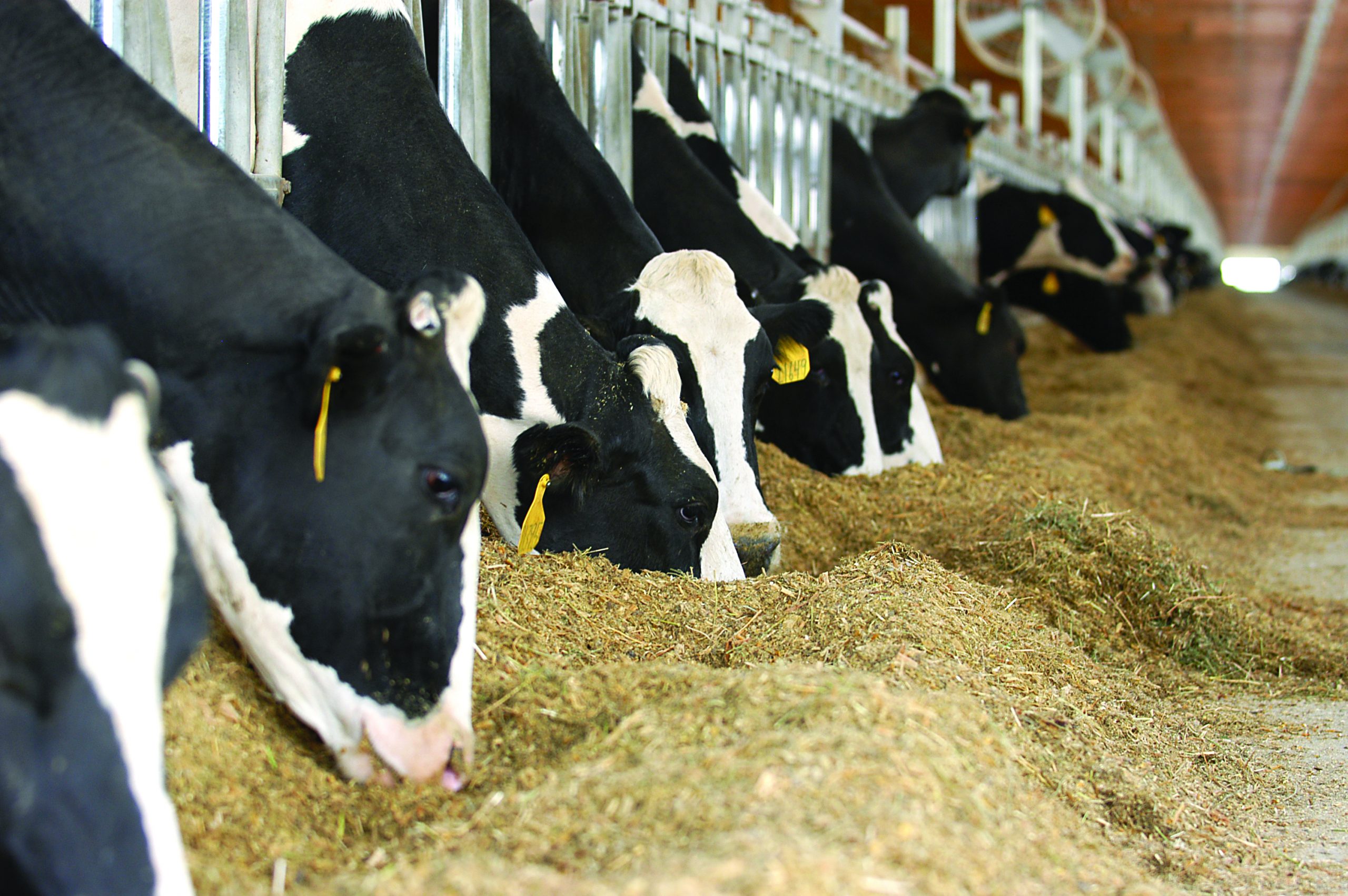
Lignosulfonate used as animal feed pellet binder
Lignosulphonates are amorphous branched polymers of lignin, containing sulphonated covalently linked phenyl propane monomers, produced from the sulphite pulping of lignocellulosic biomasses. The calcium lignosulphonate, sodium lignosulphonate and magnesium lignosulphonate under assessment are considered together under the term lignosulphonate. Lignosulphonate is safe for chickens for fattening, laying hens, pigs for fattening and cattle for fattening…
-

Sodium lignosulfonate water-reducing agent
Sodium lignosulfonate water-reducing agent by using pulping black liquor, which has the following preparation technological steps: after the thin pulping black liquor is concentrated into dark black liquor of which the solid content is from 30 to 60% by a concentrator, the dark black liquor is pumped into a reactor, and the pH value of…
-

Separation of lignosulfonates from sulfite spent liquor
The spent liquor of the sulfite pulping process is dilute and contains other impurities; therefore, lignosulfonates should be separated from the spent liquor for increased commercial value. Because lignosulfonates are water-soluble products, they may not be precipitated by acidifying the spent liquor. Membrane filtration has been recognized as a commercial process for recovering lignosulfonates from…
